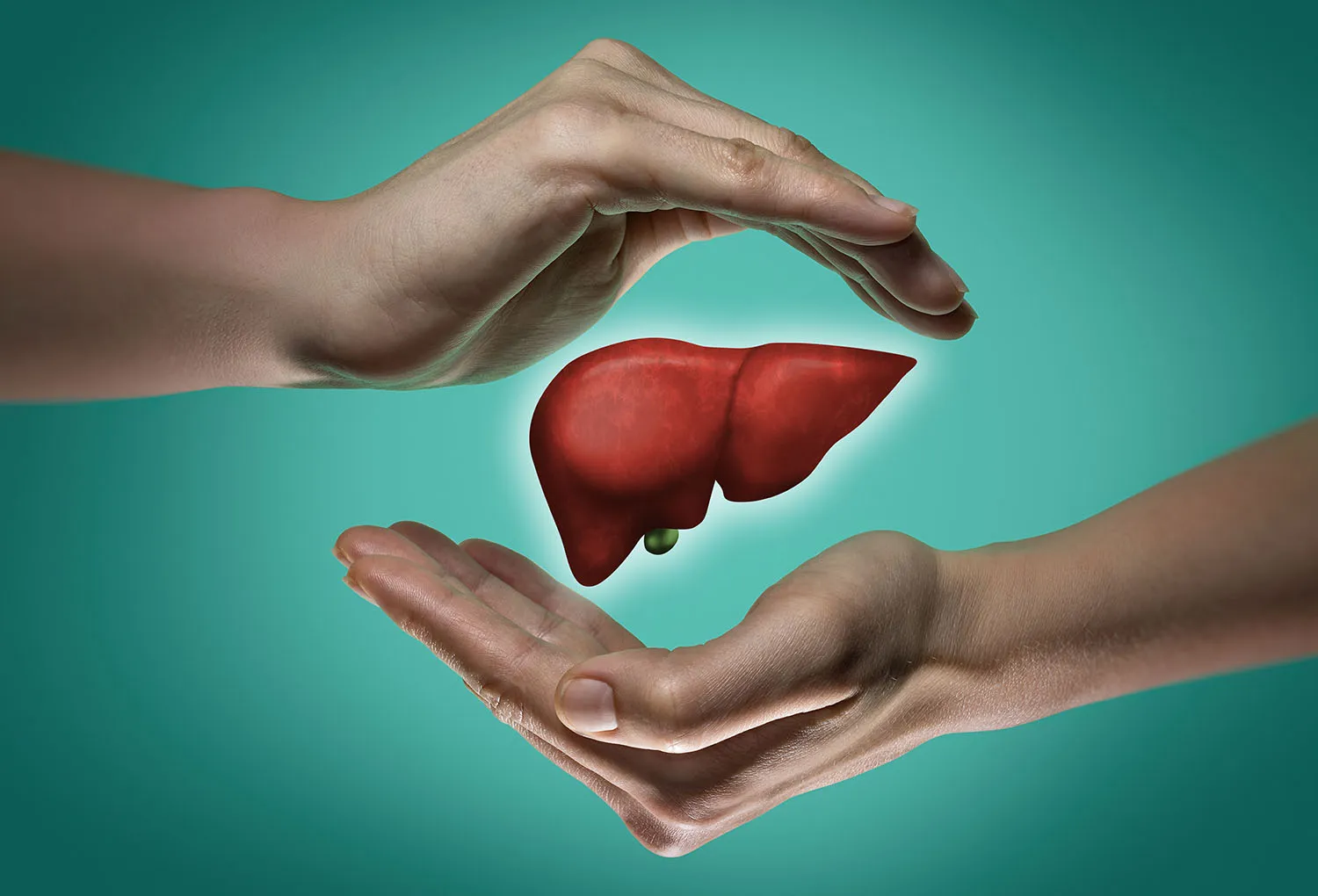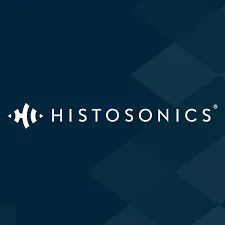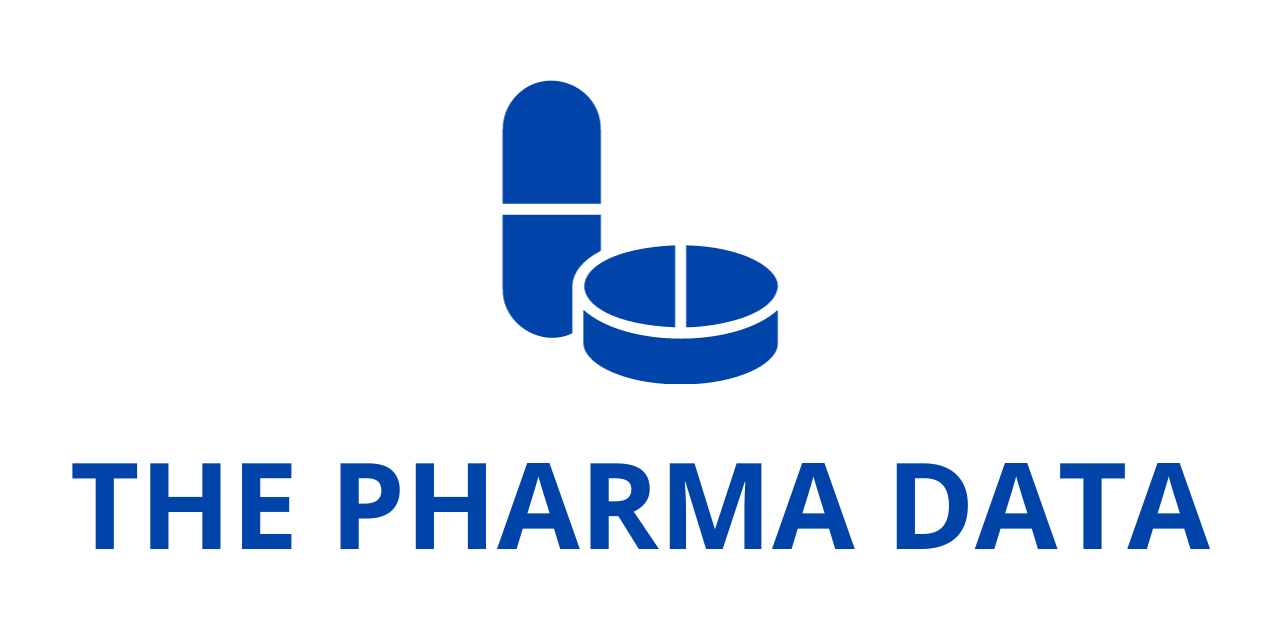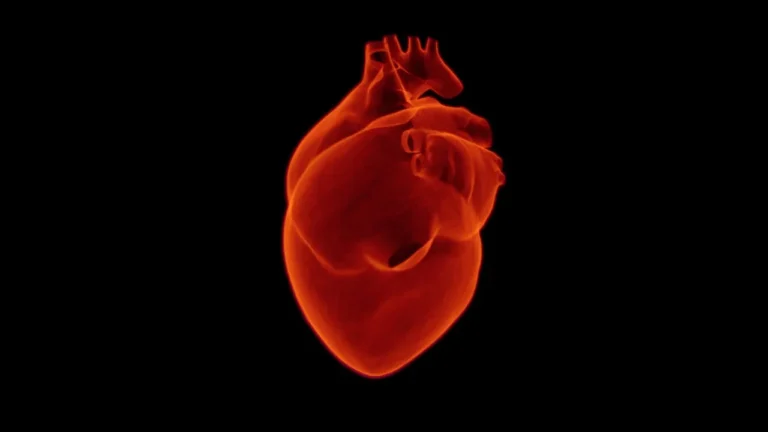
HistoSonics Expands Access to Groundbreaking Non-Invasive Liver Tumor Treatment as Highmark Covers Histotripsy for 7 Million Members
In a pivotal development for patients battling liver tumors, HistoSonics, the medical technology company behind the innovative Edison® Histotripsy System, announced that Highmark Blue Cross Blue Shield has approved four new positive medical policy decisions supporting the use of histotripsy for liver tumor treatment. The decision significantly broadens insurance coverage for this novel therapy, granting access to nearly seven million members enrolled in Highmark’s commercial health plans across New York, Delaware, Pennsylvania, and West Virginia.
The decision, effective July 1, 2024, is a milestone in the evolving field of non-invasive therapeutic ultrasound, and signals growing recognition of histotripsy’s clinical value. With Highmark’s approval, a growing number of patients in need of safer, less invasive alternatives to surgery, radiofrequency ablation, or radiation therapy may now access this next-generation treatment option through their insurance coverage.
A New Frontier in Liver Tumor Treatment
Histotripsy, delivered through HistoSonics’ Edison® System, represents a technological breakthrough in tissue ablation. Unlike traditional cancer treatment modalities that rely on heat, radiation, or systemic drugs to kill cancer cells—often at the cost of damaging nearby healthy tissues—histotripsy uses precisely focused ultrasound pulses to mechanically break down tumors at a sub-cellular level. The process relies on controlled acoustic cavitation, where rapidly expanding and collapsing microbubbles exert mechanical force that destroys targeted tissue without harming adjacent structures.
This non-thermal, non-ionizing, non-invasive approach allows clinicians to treat liver tumors through intact skin with millimeter-level precision, guided in real time by advanced imaging. Patients often benefit from shorter recovery times, lower complication risks, and the possibility of repeated treatments when necessary.
The Edison® System, which earned U.S. Food and Drug Administration (FDA) De Novo clearance in October 2023, is designed specifically for the treatment of unresectable liver tumors, whether primary or metastatic. While the system is FDA-cleared for the mechanical destruction of liver tumors, the agency has not yet evaluated its performance based on cancer-specific outcomes such as five-year survival or recurrence-free progression. However, real-world and clinical data to date suggest that the system offers a highly promising addition to the treatment arsenal for liver malignancies.
Expanding Coverage Reflects Growing Clinical Validation
Highmark’s decision to include histotripsy in its coverage policies is not an isolated event—it represents the latest in a growing trend of commercial insurers embracing the therapy following compelling clinical evidence. The updated policies come after Blue Cross Blue Shield of Michigan made a similar move, reinforcing payer confidence in the safety, efficacy, and value of the technology.
“This expanded Highmark coverage marks another critical step in delivering histotripsy to more patients who urgently need safe, non-invasive options,” said Mike Blue, President and Chief Executive Officer of HistoSonics. “Highmark’s decision not only reinforces the clinical value of our technology but also helps establish broader payer confidence as we continue working to expand access nationwide.”

HistoSonics’ ongoing mission to revolutionize interventional oncology is rooted in a patient-first approach. The company’s strategy combines cutting-edge engineering with rigorous clinical evaluation, aiming to give patients more options for localized therapy, particularly those who may not be eligible for surgery or traditional ablative techniques.
To date, nearly 2,000 patients have been treated with histotripsy at over 50 top-tier medical institutions across the United States, United Arab Emirates, and Hong Kong. Early results from both clinical trials and real-world experience continue to support histotripsy as a viable, effective, and better-tolerated alternative to thermal ablation or surgical resection.
HOPE4LIVER Trial: Building the Evidence Base
One of the most important pieces of evidence supporting Highmark’s decision comes from the multi-center, international clinical trial known as HOPE4LIVER. This pivotal study was designed to evaluate the safety, technical feasibility, and local tumor control of histotripsy in patients with unresectable liver tumors.
The interim data, shared during recent medical conferences and peer-reviewed publications, indicated that histotripsy achieved a 90% local tumor control rate at 12 months, across a variety of tumor types. This performance compares favorably to many existing ablative techniques and offers a compelling reason for payers and providers to consider histotripsy as a front-line therapy.
Importantly, histotripsy demonstrated not only efficacy but also a strong safety profile, with few serious complications reported and many patients able to return home the same day. These outcomes are especially meaningful in liver oncology, where patient fragility and complex tumor anatomy often complicate treatment planning.
Growing Institutional and Regulatory Support
Beyond payer recognition, other influential organizations have taken steps to support histotripsy as a valuable therapeutic option. The United Network for Organ Sharing (UNOS), which oversees liver transplant policies in the United States, HistoSonics now includes histotripsy as an approved loco-regional therapy for patients awaiting liver transplantation. This endorsement reflects the procedure’s potential not only to serve as a standalone treatment but also to downstage tumors and help more patients qualify for life-saving liver transplants.
The FDA’s De Novo classification of the Edison® System also speaks to the agency’s recognition of the system’s innovative profile. This regulatory pathway, intended for novel devices with no predicate on the market, establishes special controls and guidance for future technologies in the same class, setting a framework for ongoing innovation in therapeutic ultrasound.
Training and Clinical Use Considerations
While the expansion of insurance coverage is a critical enabler for access, HistoSonics emphasizes that safe and effective use of the Edison® System requires specialized physician training. The company provides structured training programs to ensure that only qualified clinicians are authorized to operate the system and interpret its real-time imaging capabilities.
As with any advanced medical device, clinical judgment remains central to determining patient eligibility. The system should be used under the guidance of trained physicians who evaluate the tumor’s size, location, and proximity to critical structures such as blood vessels or bile ducts. HistoSonics also reminds providers and patients that, while the system is approved for the mechanical destruction of liver tumors, it has not yet been evaluated by the FDA for cancer-specific survival metrics, such as recurrence rates or overall survival.
For comprehensive safety information, including precautions, contraindications, and clinical data from trials, users are advised to consult the Edison® System’s Instructions for Use.
A Broader Vision for Non-Invasive Oncology
While the immediate focus remains on liver tumor ablation, HistoSonics envisions histotripsy as a platform technology with broad applications across multiple organs and cancer types. Preclinical and feasibility studies are underway to explore its potential use in the treatment of kidney, pancreas, prostate, and even brain tumors.
Histotripsy could also find utility beyond oncology. Research is underway investigating its potential for soft tissue applications in benign diseases and vascular disorders, where mechanical tissue disruption might replace invasive surgery or other ablative techniques.
By eliminating the need for incisions, anesthesia in some cases, and post-operative recovery, histotripsy stands to redefine how clinicians approach solid tumor treatment. Its integration with diagnostic imaging also opens new avenues for precision therapy, enabling clinicians to respond dynamically during treatment and confirm tissue destruction in real time.
Charting the Future
With Highmark’s coverage expansion now in place, HistoSonics is poised to continue its dialogue with other major commercial insurers, Medicare, and Medicaid programs to further broaden access. The company also plans to increase the number of treatment centers offering the Edison® System, ensuring that newly covered patients have ready access to trained clinicians.
The company’s commitment to clinical transparency, data-driven outcomes, and physician education is expected to play a central role in accelerating adoption nationwide. As more real-world evidence is generated and patient success stories accumulate, the medical community may increasingly view histotripsy not as a futuristic concept—but as a practical, present-day standard of care.
HistoSonics’ partnership with Highmark Blue Cross Blue Shield reflects a major step forward in making non-invasive, image-guided liver tumor ablation more widely accessible. By securing coverage for nearly 7 million members across four states, the company has laid important groundwork for continued growth, wider payer adoption, and long-term clinical impact.
As histotripsy continues to earn the trust of physicians, payers, and patients alike, it stands to redefine not only how tumors are treated—but how innovation can deliver gentler, more precise, and more effective care for some of the most challenging conditions in medicine today.
About HistoSonics
HistoSonics is a privately held medical device company developing a non-invasive platform and proprietary sonic beam therapy utilizing the science of histotripsy, a novel mechanism of action that uses focused ultrasound to mechanically destroy and liquefy unwanted tissue and tumors. The company is currently focused on commercializing the Edison System in the U.S. and select global markets for liver treatment while expanding histotripsy applications into other organs such as kidney, pancreas, and prostate. HistoSonics has offices in Ann Arbor, Michigan, and Minneapolis, MN. For more information on the Edison Histotripsy System, visit: www.histosonics.com. For patient-related information, visit: www.myhistotripsy.com.




